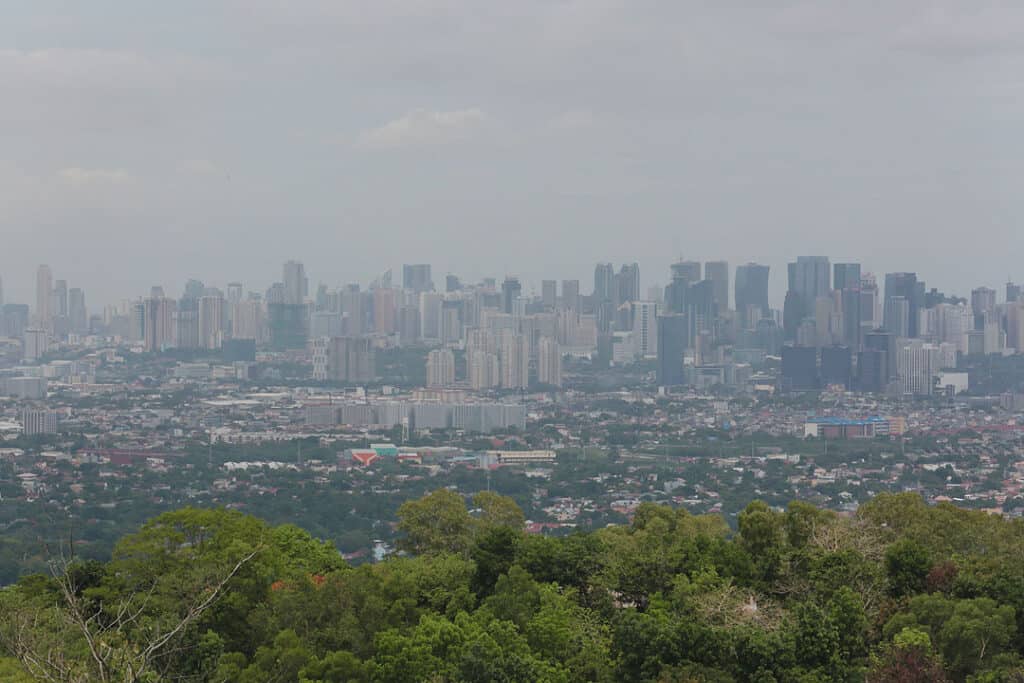
THE PHILIPPINES saw an increase in the number of buildings certified as “green” during the coronavirus disease 2019 (COVID-19) pandemic.
Angelo Tan, country lead for the Philippines at the Climate Business Department of the International Finance Corp. (IFC), said there are currently over 50 projects, which cover roughly 86,0000 square meters (sq.m.), that have received EDGE (Excellence in Design for Greater Efficiencies) certifications in the country.
“What is interesting is that more than half of those projects were certified in 2022 alone. You’re seeing a lot of interest in recent years. In addition to that we have 3.7 million sq.m. in the pipeline that are pursuing EDGE,” he said during a fireside chat at the BusinessWorld Virtual Economic Forum on May 25.
EDGE is a building certification system created by the IFC for emerging markets. It seeks to promote resource efficiency in buildings by adopting designs that help reduce materials, water, and electricity consumption. The IFC is a member of the World Bank Group.
“During the lockdowns people had to pause and reevaluate how they can ensure a green, resilient and inclusive recovery from pandemic. At the same time, the pause allowed them to think how they can do retrofits for their projects,” Mr. Tan said.
However, the development of green buildings in the Philippines is still slow compared to its Southeast Asian neighbors.
“In the area of green buildings so far, we have a little over 200 plus green buildings — the majority of which are office towers in Metro Manila. It’s been very slow, largely focused on the elite segment of the property sector. We need to make green and resilient infrastructure more accessible to a greater part of the population,” Mr. Tan said.
The IFC is working to dispel the widespread notion that green buildings are expensive and complex.
“What we do in the IFC Climate Business Department is we develop standards such as EDGE and Building Resilience Index that make it easy and less expensive to develop green and resilient buildings… We are able to come up with demonstration projects that have the image of greater accessibility for more people,” Mr. Tan said.
With EDGE, the IFC has brought down the price of certification fees for green buildings compared to other conventional green building certifications.
“We offer a lot of flexibility so developers can reach the required levels of green building certifications… We also reduce the complexity of the green building process… by identifying the most cost-effective measures to build green,” he said. “(EDGE) streamlines the green building certification process.”
One of the EDGE “champions” is Imperial Homes Corp., whose affordable housing projects received EDGE certifications.
“Their projects have reached a very high level of sustainability, high and advanced level of certification. If projects like that can be designed and built as green, then even other projects can achieve the same level of sustainability,” he said.
Aside from housing projects, Mr. Tan said they have also working on projects not traditionally seen as “green” such as industrial warehouses, a healthcare facility, hotel and resort.
“By reaching out to other building typologies, we are sending out the message that green is not just for high-end office towers in Metro Manila,” he said.
Local government units (LGU) can also help support the advancement of green buildings by creating an enabling environment.
“Governments can put in place incentives that can help encourage the creation of more green buildings. These don’t have to be financial of fiscal incentives, it can be non-financial incentives… Non-financial incentives include an increase in allowable floor area or building height if they certify their projects as green,” Mr. Tan said.
Mr. Tan believes green buildings are not just a trend, but are here to stay. He cited the buildings’ efficiencies that result in savings for owners and tenants, as well as the positive impact on real estate brands.
“We’re seeing lot of investors now want to put money in climate smart investments. They are right to believe brown assets can stagnate in a couple of years… Green buildings make sense. A lot of early adopters are benefiting from the advantages of green building certification,” he said.
If you like this article, share it on social media by clicking any of the icons below.
Or in case you haven’t subscribed yet to our newsletter, please click SUBSCRIBE so you won’t miss the daily real estate news updates delivered right to your Inbox.
The article was originally published in Business World and written by Cathy Rose A. Garcia.







More Stories
Vista Land Celebrates 50 Years with Sandiwa: An Event Honoring Leadership, Legacy, and the Filipino Dream of Homeownership
Vista Land Celebrates Love Month in Ilocos Region
Vista Land Bridges Cebuano Heritage and Progress with Valencia by Vista Estates